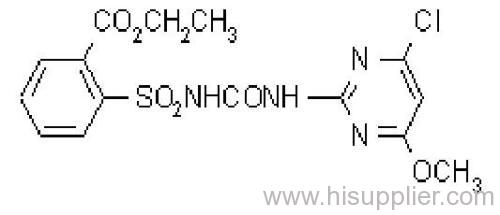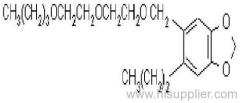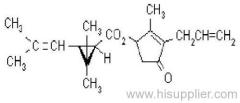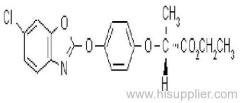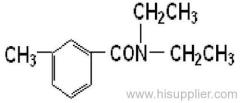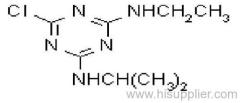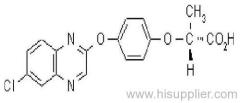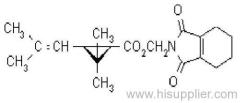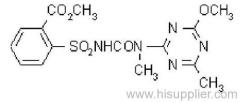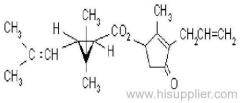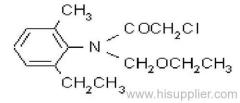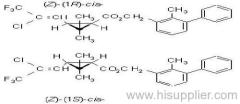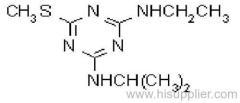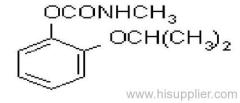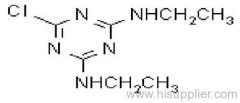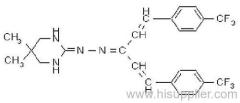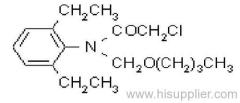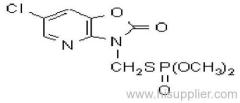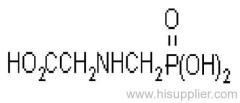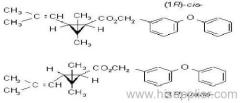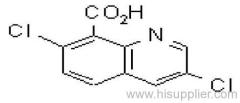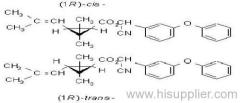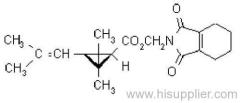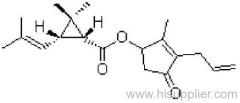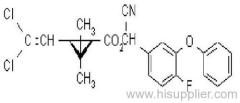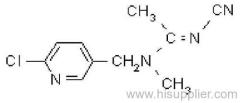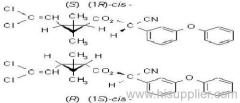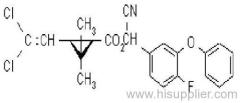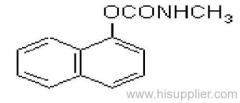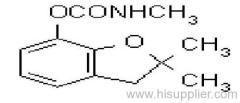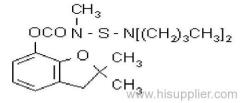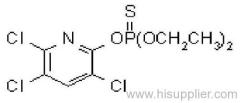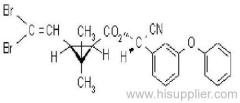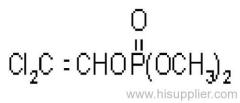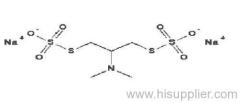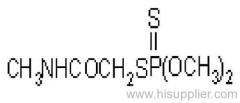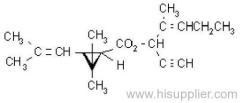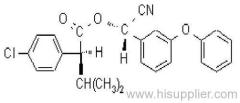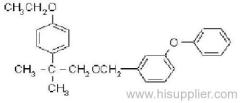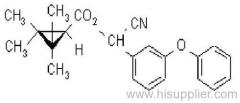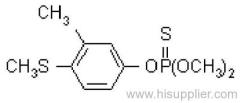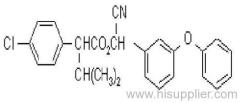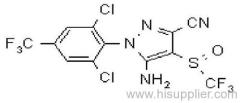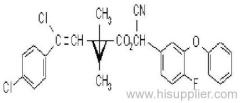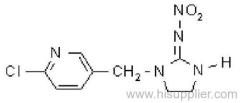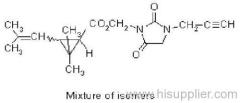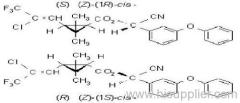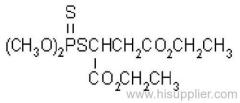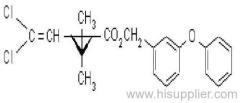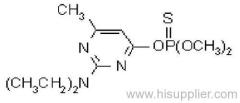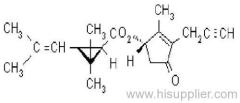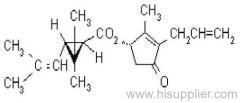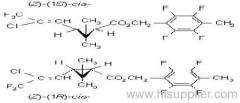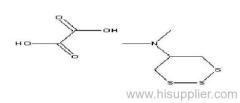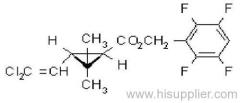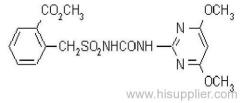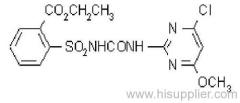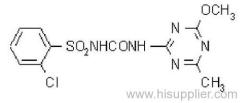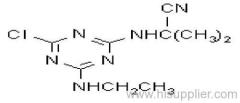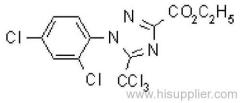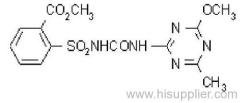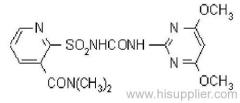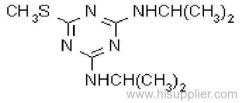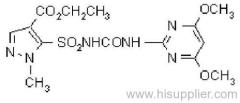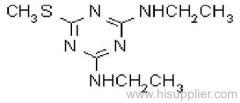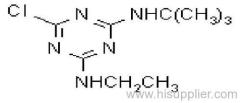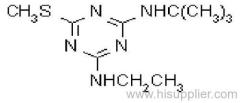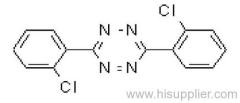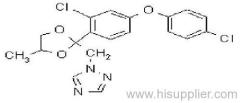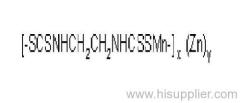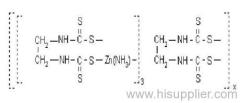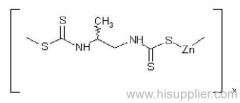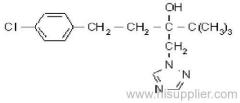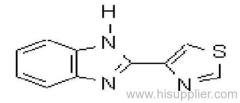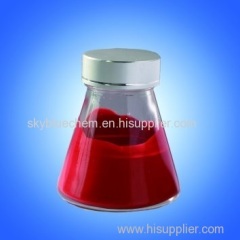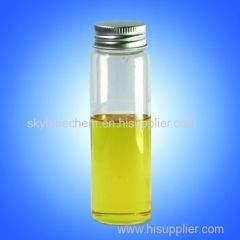
|
Shanghai Skyblue Chemical Co., Ltd.
|
Chlorimuron-Ethyl
| Place of Origin: | Shanghai, China (Mainland) |
|
|
|
| Add to My Favorites | |
| HiSupplier Escrow |
Product Detail
Used post-emergence for control of important broad-leaved weeds, such as cocklebur, pigweed, sunflower and annual morning glory, in soya beans and...
Common name: chlorimuron-ethyl
IUPAC name: ethyl 2-(4-chloro-6-methoxypyrimidin-2-ylcarbamoylsulfamoyl)benzoate
Chemical Abstracts name: ethyl 2-[[[[(4-chloro-6-methoxy-2-pyrimidinyl)amino]carbonyl]amino]sulfonyl]benzoate
CAS RN: [90982-32-4]
PHYSICAL CHEMISTRY
Composition: Tech. is >95%. Mol. wt.: 414.8; M.f.: C15H15ClN4O6S; Form: Colourless crystals. M.p.: 181 ºC. V.p.: 4.9x10-7 mPa. KOW: logP = 0.11 (pH 7). Henry: 1.7x10-10 Pa m3 mol-1 S.g./density: 1.51 (25 ºC). Solubility: In water 9 (pH 5), 1200 (pH 7) (both in mg/l, 25 ºC). Low solubility in organic solvents. Stability: In water DT50 17-25 d (pH 5, 25 ºC).
APPLICATIONS
Biochemistry: Branched chain amino acid synthesis (ALS or AHAS) inhibitor. Acts by inhibiting biosynthesis of the essential amino acids valine and isoleucine, hence stopping cell division and plant growth. Crop selectivity derives from plant metabolism both by homoglutathione conjugation and by de-esterification.
Uses: Used post-emergence for control of important broad-leaved weeds, such as cocklebur, pigweed, sunflower and annual morning glory, in soya beans and peanuts. Active at 9-13 g/ha.
Formulation types: WG.
MAMMALIAN TOXICOLOGY
Oral: Acute oral LD50 for rats 4102 mg/kg.
Skin and eye: Acute percutaneous LD50 for rabbits >2000 mg/kg. Not a skin irritant or eye irritant (rabbits). Not a skin sensitiser (guinea pigs).
Inhalation: LC50 (4 h) for rats >5 mg/l air.
NOEL: (2 y) for rats 250 mg/kg diet (12.5 mg/kg daily); (1 y) for dogs 250 mg/kg diet (6.25 mg/kg daily). NOEL in: reproduction (2-generation) in rats 250 mg/kg diet; teratogenicity in rats 30, rabbits 15 mg/kg.
ADI: 0.020 mg/kg b.w.
Toxicity class: WHO (a.i.) III (Table 5); EPA (formulation) III
ECOTOXICOLOGY
Birds: Acute oral LD50 (14 d) for mallard ducks >2510 mg/kg. Dietary LC50 for mallard ducks and bobwhite quail >5620 ppm.
Fish: LC50 (96 h) for trout >1000, bluegill sunfish >100 mg/l.
Daphnia: LC50 (48 h) 1000 mg/l.
Other aquatic spp.: For Lemna gibba, EbC50 0.45 ppb, ErC50 45 ug/l, EC50 (frond counts) 0.27 ppb. LC50 for crayfish >1000 ppm.
Bees: LD50 (48 h) >12.5 ug/bee.
Worms: LC50 for earthworms (Eisenia foetida) >4050 mg/kg.
ENVIRONMENTAL FATE
Animals: Chlorimuron-ethyl is rapidly and extensively metabolised in the hen; 18 metabolites in the excreta were resolved by hplc.
Soil/Environment: In soil, Kd >1.60 (pH 4.5, 5.6% o.m.), 0.28 (pH 5.8, 4.3 % o.m.), <0.03 (pH 6.5, 2.1% o.m.), <0.03 (pH 6.6, 1.1 % o.m.).

